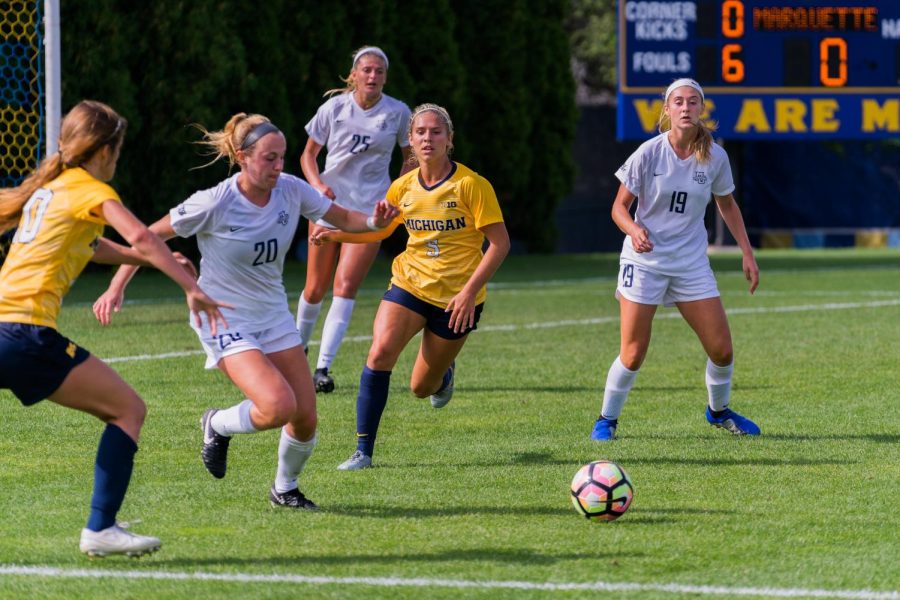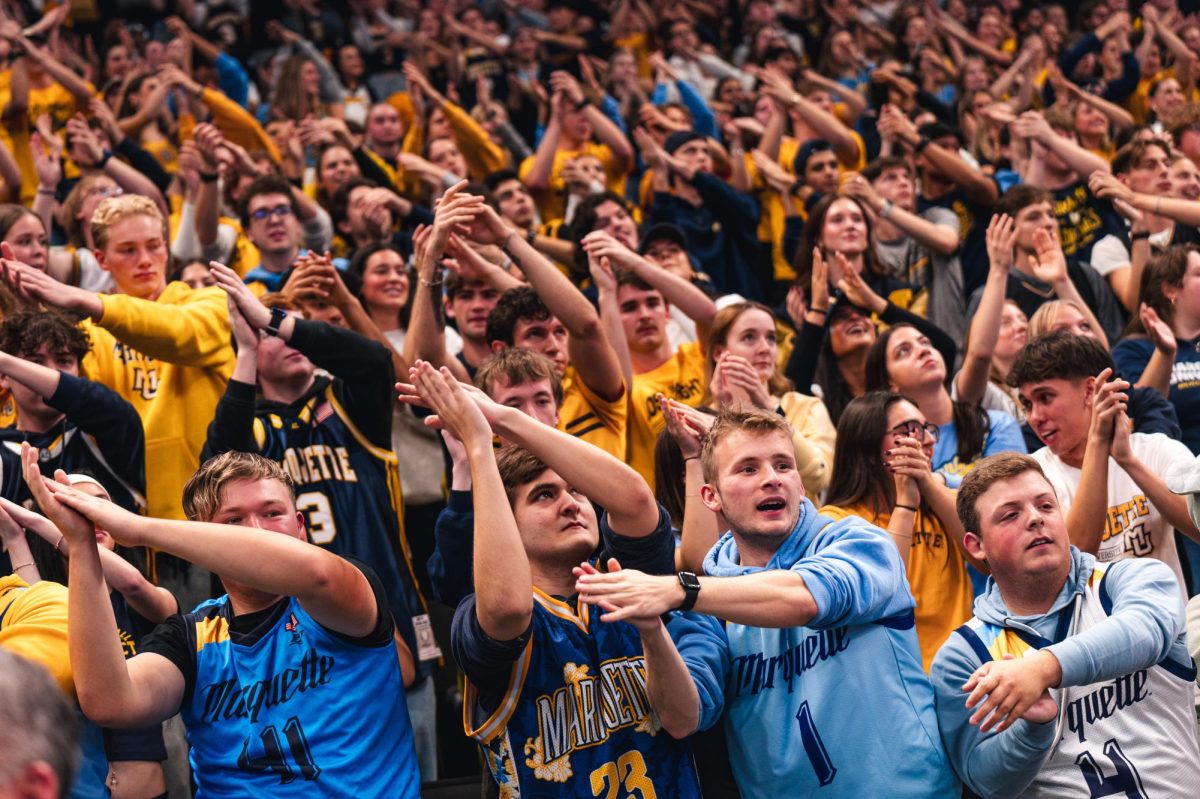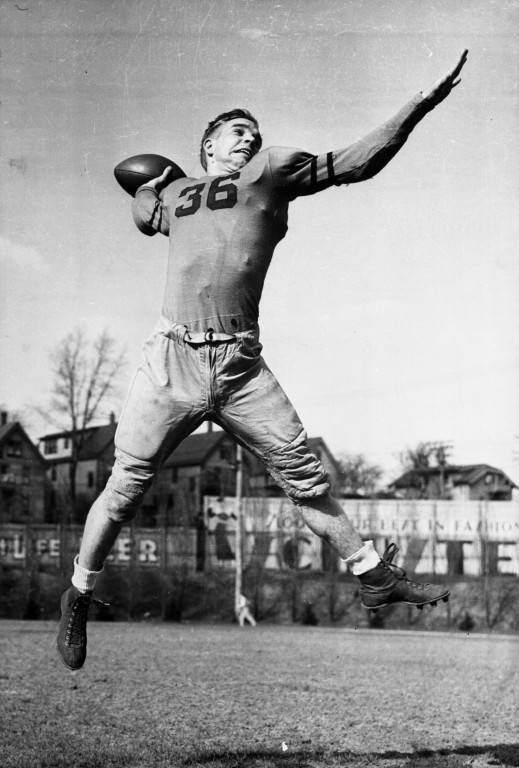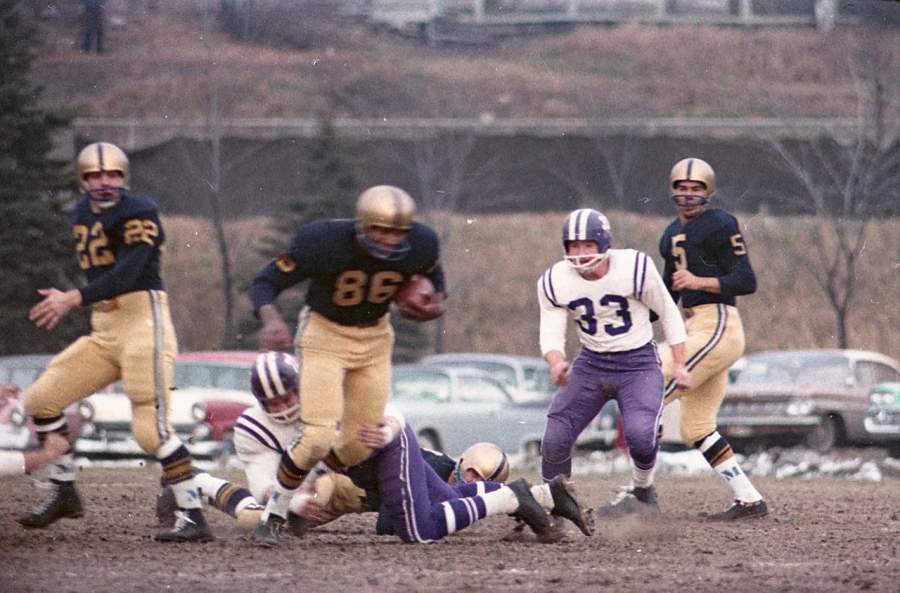If the question has been asked once, it has been asked a million times: What are the chances Marquette could one day bring football back at the Division 1 level to compete against some of the finest programs in the nation?
The answer? Not good.
Since Marquette shut down its football program in 1960, costs have risen and made it financially difficult for any college to add football to its resume. Athletic Director Steve Cottingham predicted during the summer that adding a football program could cost up to $125 million. That makes the men’s basketball budget of just above $10 million look frugal in comparison.
The biggest cost to a program would be construction of a new stadium. The NCAA requires an average of at least 15,000 in paid or actual attendance for all Football Bowl Subdivision schools, so the stadium would have to hold at least that many fans, rendering Valley Fields useless.
The University of Idaho’s Kibbie Dome is the NCAA’s smallest Division 1 stadium, holding 16,000 people, while the smallest Big East stadium belongs to Cincinnati’s Nippert Field, with a capacity of more than 35,000.
Cottingham would not speculate on the cost of a stadium, but based on the most recently built stadiums, the cost could be anywhere from $40 million to $100 million.
“It’s hard to speculate since each school’s situation is different based on location,” Cottingham said in an email. “For example, (the University of North Carolina-Charlotte) is spending something over $40 million for a small stadium and practice facility, but you can’t assume that is the cost in a different context.”
Other big city colleges, like DePaul in Chicago, Georgetown in Washington, D.C., and St. John’s in New York have run into the same dilemmas as Marquette. The stadium costs skyrocket in a big city like Milwaukee where real estate is at a premium.
Scholarships and recruiting also come into play for a program needing 85 bodies to compete. The NCAA has set Marquette’s “total cost of attendance” at $41,000 this season, meaning scholarships for the team would cost just under $3.5 million this school year, for example.
Villanova, a member of the Colonial Athletic Association on the Football Championship Subdivision level, formerly Division 1-A, reinstated football as a Division 1 sport in 1985 and has played in the CAA ever since. The school is a candidate to join the Big East in the future.
“In general terms, the teams in our current conference will spend $3 million to $5 million annually,” said Vincent Nicastro, Villanova’s athletic director, in an e-mail. “At the FBS level, the level of commitment generally runs between $10 million and $20 million. Football is inherently bigger and more expensive than any other sport.”
Practice facilities, including an indoor practice field for inclement weather and a weight room large enough to hold 85 football players, would also need to be constructed.
Marquette would then have to add another women’s sport due to Title IX law, further adding to the tremendous costs. Currently, there are 14 Division 1 programs at Marquette: seven men’s and seven women’s teams. Adding football would upset this balance and require the creation of another women’s team sport.
Other additional expenses include transportation for road contests, salaries for a coaching and medical staff, academic support and strength and conditioning, among others.
Still, there is plenty of support from current students and alumni who would love to see a football program eventually come back to the university, even if that dream is still nine figures away.
“I have noticed there are other Big East schools playing now, like Georgetown and Villanova, so to me that was an encouraging sign,” said Bob Wilkins, a guard and linebacker on the 1960 team. “I would like to see them get the program going again because I think there’s enough support in the area that they could do well.”
But unless Marquette receives a multimillion dollar contribution from a donor specifically targeted at the creation of a football team, the dream of having a Division 1 football team will likely continue to be just that — a dream.







cheap conveyancing • Oct 15, 2010 at 3:30 am
come to think of that , i never considered it in that way before
DFW HOYA • Oct 8, 2010 at 7:13 pm
“Other big city colleges, like DePaul in Chicago, Georgetown in Washington, D.C., and St. John’s in New York have run into the same dilemmas as Marquette.”
Except that Georgetown still plays football, in Division I-AA, and the others do not. So does Holy Cross. So does Fordham. And none have to offer scholarships. Why won’t Marquette do the same?